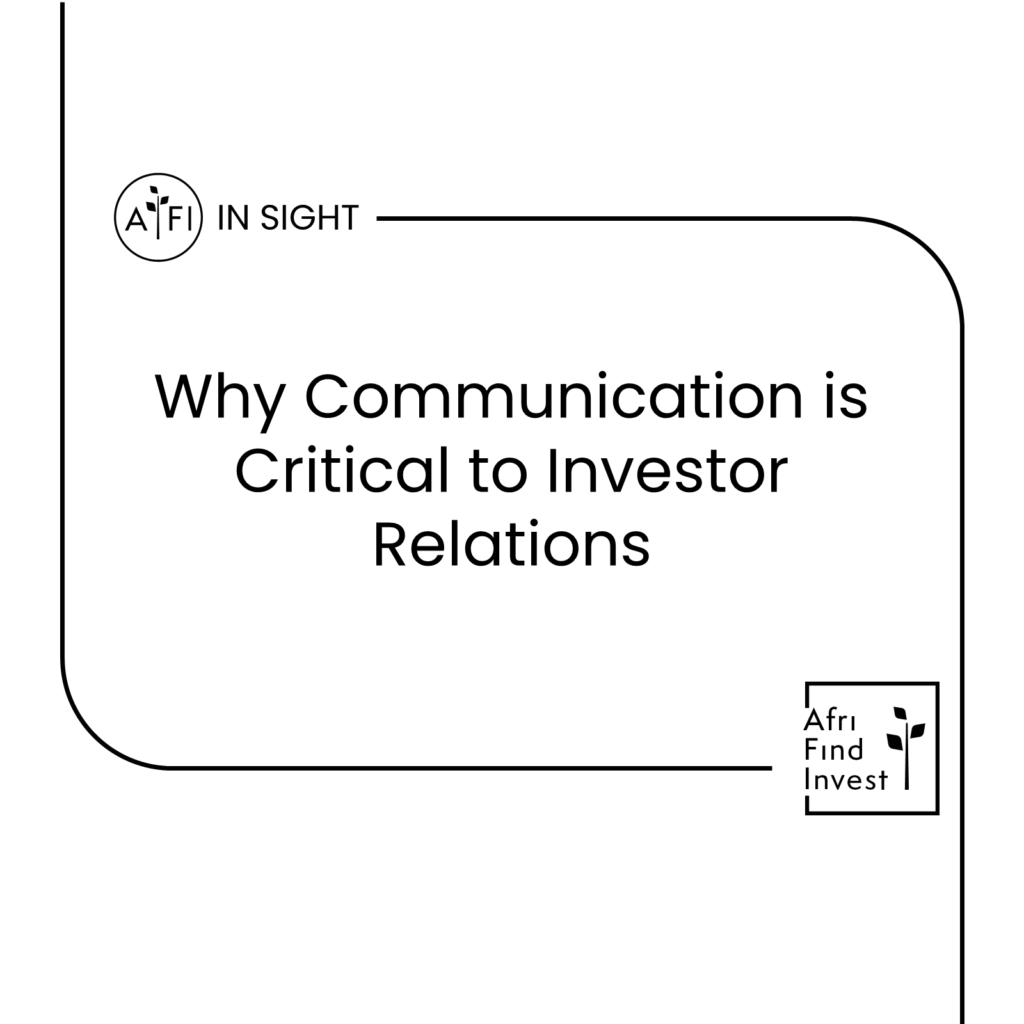Less than half of funded startups manage to raise a Series A. So the pre-seed and seed rounds have always been precarious, but 2023 has been particularly hard for early-stage startups across the African continent.
In recent years, Africa’s startup ecosystem enjoyed rapid growth. We saw record levels of funding in 2022 thanks in part to the zero-interest-rate environment that enabled more speculative venture capital financing worldwide. But with valuations returning down to pre-covid levels, investors are proving more diligent than ever about who to place their bets on.
So what do startups need to do to make it to the growth inflection that comes with raising a Series A round? How does it differ from previous funding rounds?
Will pre-seed and seed-stage companies be doomed to the “valley of death” or “startup graveyard” described by Disrupt Africa, or are founders in need of a different mindset to adapt to the new environment?
How can they show they’re ready to take on that additional funding? Who’s going to provide it to them? And how are startups going to get in view of those potential investors?
What is Series A fundraising?
Different funding rounds come with different priorities and expectations.
In these early stages, the funding questions are tied closely to product development: how much of it has been built out, and whether or not it’s a proven solution to the customer’s problem.
At the pre-seed stage, founders might be relying on their own savings or any capital from friends and family. Pre-seed funding should be concentrated on validating the business model with a prototype or even a minimum-viable product. At this stage, a lean team with a viable solution to a painful problem is what founders primarily need.
The seed stage is all about early-stage growth. This round presents an ideal opportunity for angel investors, super angel investors, and syndicates, who are all keen to get in on the ground floor of something good without putting too much of their own capital at risk. The Series A round might be led by a venture capital investor, but larger sources of funding like private equity firms and hedge funds will only begin to take interest in late-stage rounds.
At this point, founders are going to need a well-defined market, a clear plan for how they’re going to win a defensible share of it, and a road to making money in the short-to-medium term.
Traditionally, Series A has meant bringing in venture capital firms to put fuel on the fire and initiate the transition from growth to rapidly scaling into new markets.
But with venture funding around the world constrained by rising interest rates, investors’ expectations are rapidly changing, as are the promises of a starry exit in the public markets.
Founders could always have been expected to offer a fair slice of the company to VCs in Series A, but now VCs are asking for bigger slices of a smaller pie for taking a risk on the cap table. In this situation, it’s important to go in knowing what type of equity might be at stake.
Common stock offers voting rights but no preferential treatment when it comes to dividends and liquidation. Those guarantees are reserved for preferred stock, which is why it’s “preferred” by Series A investors who want to secure as much upside as they can on a risky bet.
Negotiating the equity stake being handed out to investors is an important part of Series A: it can hurt your future rounds if the cap table is overcrowded and the equity distribution is poorly structured.
This is why it’s essential to come to Series A in the strongest negotiating position you can. In this environment, founders are going to have to work harder to secure favourable deal terms. At this Series A stage the term sheet becomes a more complex agreement with long-term implications for how the company is run. That’s just one reason it’s essential to go into Series A discussions with your A game, which will include a great pitch deck that makes it easy for investors to say yes.
How should founders respond? What’s the strategy for making it to Series A and beyond?
Attaining Series A fundraising
In our current environment, investors are scrutinising startups much more closely than before. They’re taking even more time with due diligence, and the standards underpinning what a viable business proposition looks like are much higher. Speaking to Rest of World, Techbeaver CEO Shina Arogundade says, “A lot of the investors we spoke to in the past three months have requested that we show more traction before returning”. He went on to tell Rest of The World that traction is more important to investors than the founders’ pedigree.
Perhaps that spells good news for select founders and teams with a thriving business on their hands, even without the pre-established networks that might get them into the room with investors.
When the bar to win investor trust is higher, startups need a pitch deck that shows investors a profitable business driven by a great team, along with the usual narrative about market size and why this business model and product is going to take a good market share. A time of rigorous due diligence also calls for a robust data room that dots the “i”s and crosses the “t”s.
Are you ready to raise?
So how do you know you’re ready to talk to potential investors? As investor Eghosa Omoigui says, “the days of raising Series A rounds while still trying to figure out [product-market fit] are over.”
We can think of it in sailing terms. Your product is the sail and demand is the wind: a few degrees off course at this early stage of the journey will see a company miss its destination by a wide mark. To arrive at a position where you’re ready for Series A, you need strong demand, a clear path to profitability, and the right crew to get you there.
In other words, the new expectation for Series A is a value proposition that’s been proven to meet the needs of a customer base.
In the more speculative market conditions of yesteryear, Series A fundraising might have been where venture capital came in to back a pre-revenue startup in its journey to scale.
Now more than ever, founders and investors need counterparts who are totally aligned on questions of profitability vs. growth. That’s an easier conversation to have if there’s already clear product-market fit and enthusiastic customers.
Whether or not a startup is ready for Series A fundraising is in the eye of the investor looking for great teams with good governance and operational efficiency, hence that founder-investor relationship needs to be closer and more trusted than ever before.
All of this underscores the importance of connecting the right founder with the right networks of investors. In a higher risk, lower-confidence environment, these warm introductions are going to be just as important as our validation on a perfect pitch deck and/or data room.
More than ever, AFI has a critical role to play towards founders and investors navigating the choppy waters of an uncertain time.
To see how AFI can help your startup grow out of the pre-seed stage, find out more about our services or book a discovery call today.




